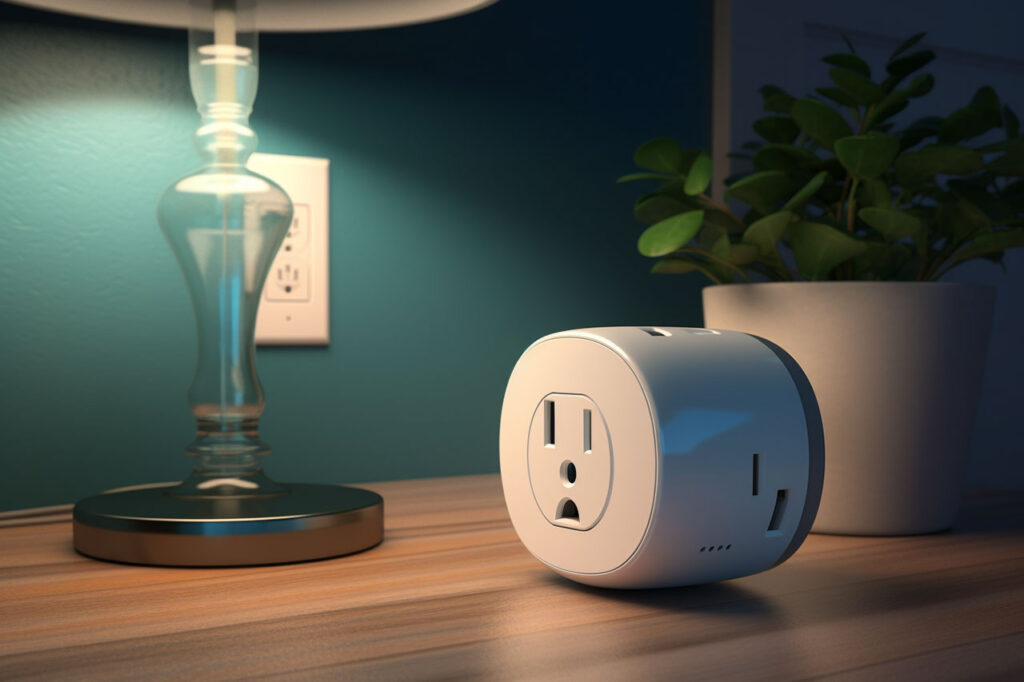The Amazon Smart Plug is a popular home automation device that allows users to control their electronic devices through voice commands or smartphone apps. While it has received positive feedback from many users, there are also some downsides to investing in this device. Here’s a look at the pros and cons of the Amazon Smart Plug to help you decide if it’s worth the investment.
Pros:
- Easy to Use – The Amazon Smart Plug is incredibly easy to set up and use. All you need is a stable Wi-Fi connection and an Amazon account to get started. Once you’ve plugged in the device, simply download the Amazon Alexa app and follow the instructions to connect it to your home network.
- Hands-Free Control – One of the biggest advantages of the Amazon Smart Plug is that it allows you to control your devices without ever touching them. You can use voice commands to turn on/off your lights, fans, or other appliances with ease.
- Cost-Effective – Compared to other smart home devices, the Amazon Smart Plug is relatively affordable. It’s a great way to dip your toes into home automation without breaking the bank.
Cons:
- Limited Compatibility – The Amazon Smart Plug is only compatible with Amazon Alexa devices. If you don’t have an Alexa-enabled device, you won’t be able to use this plug.
- No Energy Monitoring – Unlike other smart plugs, the Amazon Smart Plug does not offer energy monitoring. This means that you won’t be able to track your energy usage or identify which appliances are using the most energy.
- Limited Functionality – While the Amazon Smart Plug is great for controlling basic appliances like lights and fans, it may not be suitable for more complex devices like air conditioners or heaters.
So, is the Amazon Smart Plug worth the investment? The answer depends on your specific needs and preferences. If you already have an Alexa-enabled device and are looking for an affordable and easy-to-use smart plug, then the Amazon Smart Plug is a solid option. However, if you’re looking for a device that offers more advanced features like energy monitoring or compatibility with a wider range of devices, then you may want to consider other smart plug options.
